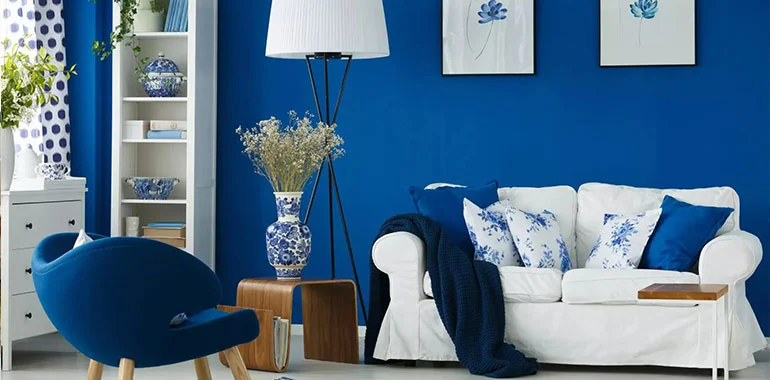
Introduction
Interior design is an art that combines personal preferences with creative elements to create a space that reflects one's inner self. Colors, materials, and textures are carefully chosen to establish a harmonious and visually appealing environment. In addition to creativity, understanding the psychology of colors is crucial in interior design. Colors have the power to influence our emotions, moods, and even productivity. By considering color psychology, designers can create spaces that promote well-being and resonate with their clients on a deeper level.
The Psychology of Colors
Color psychology explores how different colors impact our mood, cognition, and overall well-being. Each color possesses unique characteristics and can evoke specific emotional and psychological responses. However, it's important to note that individual perceptions of colors can vary.
Red, for example, is a vibrant color associated with passion and energy. It can stimulate conversation and excitement, making it suitable for social spaces. On the other hand, blue is known for its calming effects, promoting relaxation and tranquility. It is often used in bedrooms and spa-like settings. Yellow, a cheerful and uplifting color, can enhance creativity and focus, making it ideal for workspaces.
Applying Color Psychology in Interior Design (200 words):
Color schemes play a vital role in interior design, as they significantly influence the ambiance and atmosphere of a space. By choosing colors based on clients' personalities, preferences, and desired emotional effects, designers can create environments that support their well-being and enhance their experiences.
For instance, a calming color palette of soft blues and greens can create a serene and peaceful atmosphere in bedrooms and living spaces, promoting relaxation and restful sleep. Vibrant hues such as oranges and yellows can energize and invigorate spaces like home offices or fitness areas, enhancing productivity and motivation. Earthy tones like browns and beiges can provide a sense of grounding and stability, perfect for creating a cozy and inviting living environment.
Furthermore, color combinations and contrasts can be utilized to create visual interest and balance within a space. Warm color schemes, like reds and oranges, can be paired with cooler tones, such as blues and greens, to create a harmonious and dynamic ambiance.
Conclusion
Considering the psychology of colors in interior design allows designers to create spaces that go beyond aesthetic appeal. By understanding how colors influence our emotions and well-being, designers can create environments that promote comfort, relaxation, productivity, and overall satisfaction. Through thoughtful selection and combination of colors, interior designers can transform spaces into havens that reflect the unique personalities and preferences of their clients, fostering positive experiences and enriching lives.